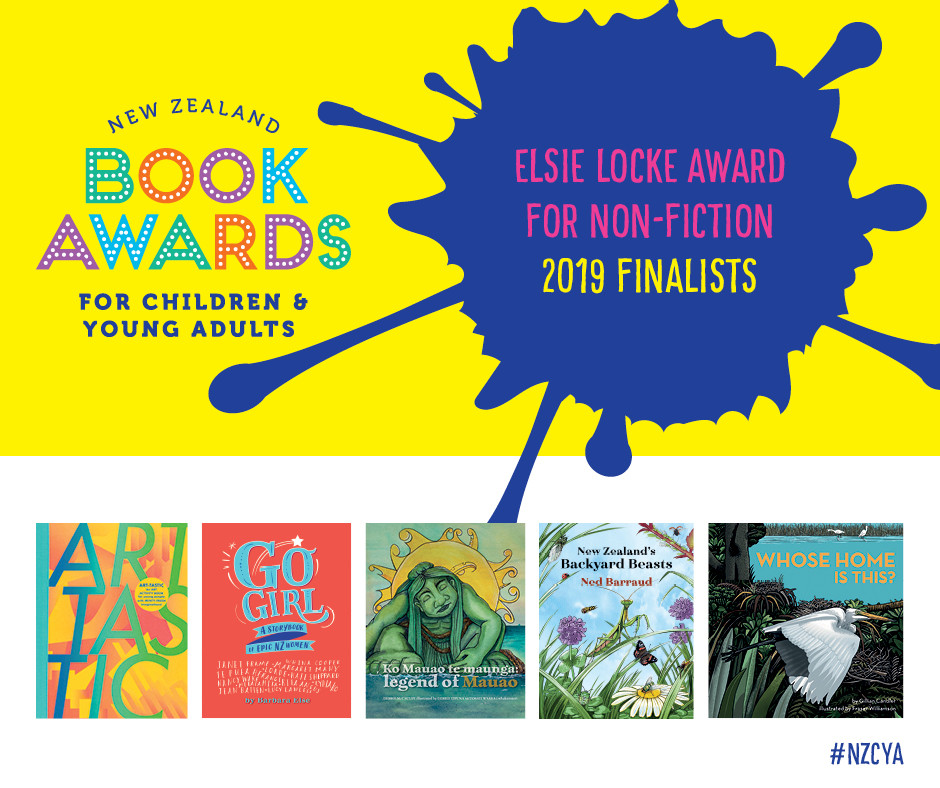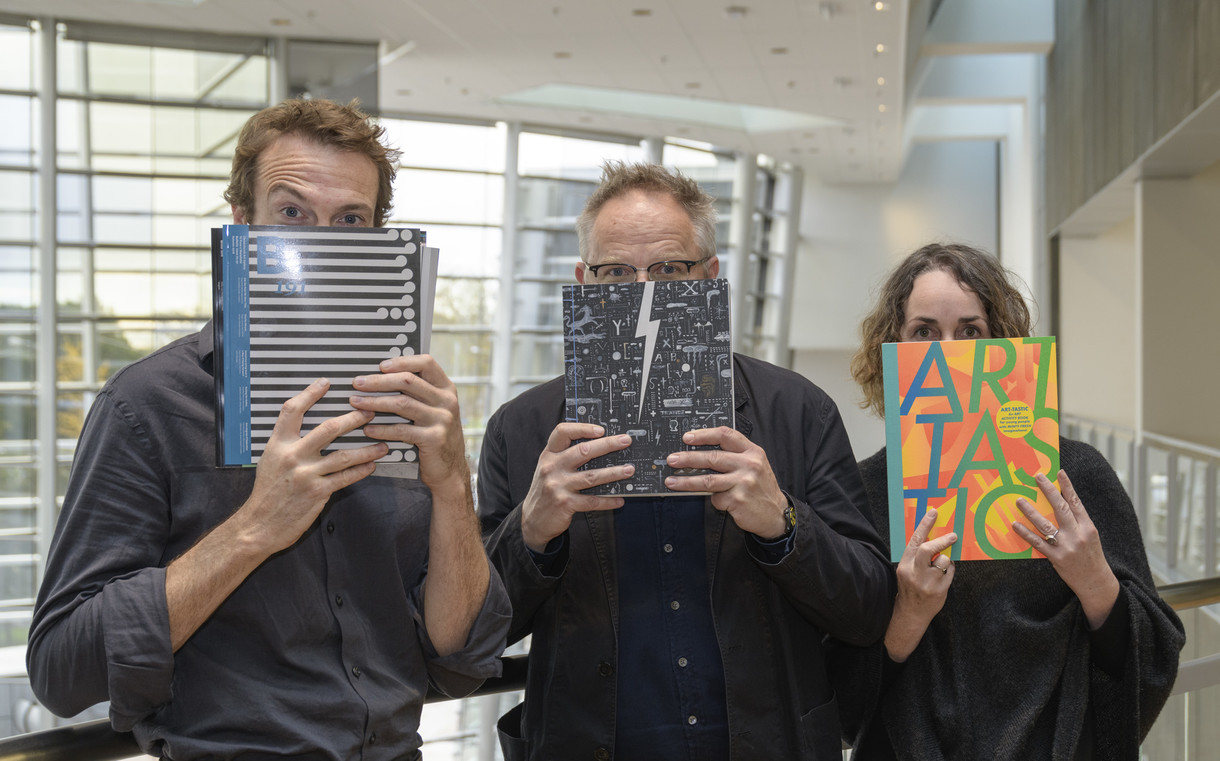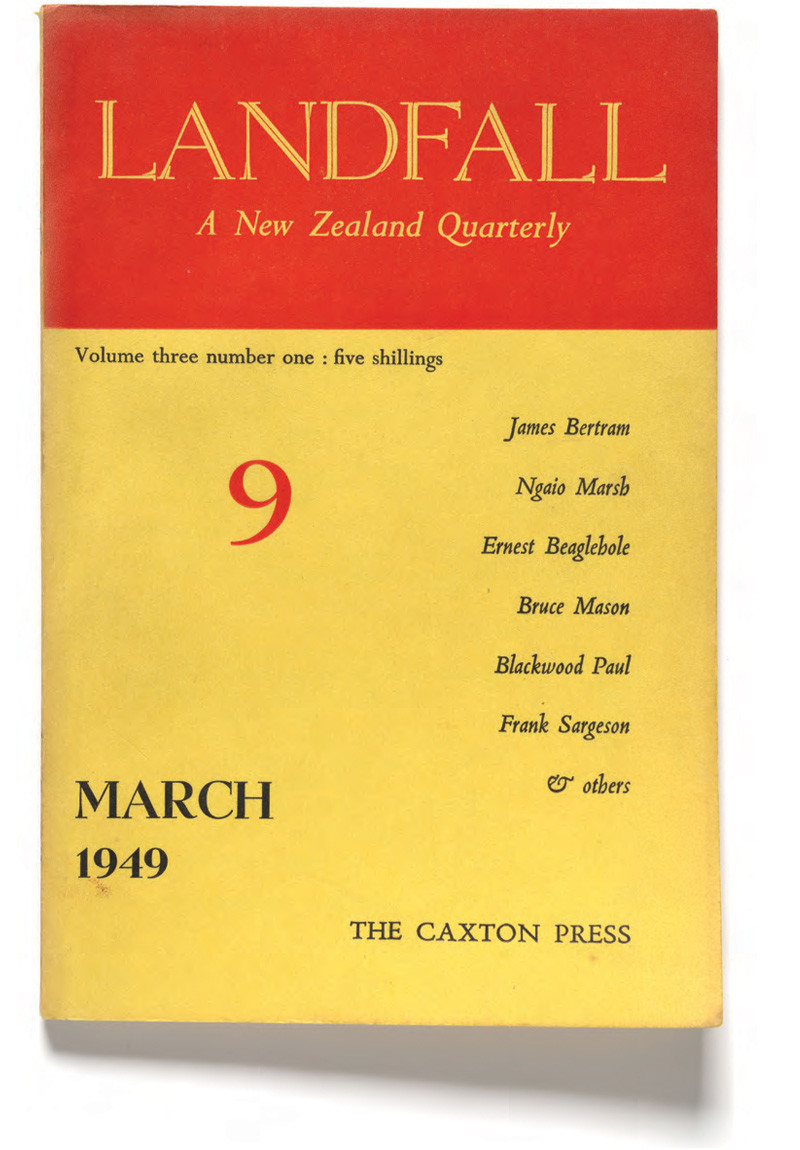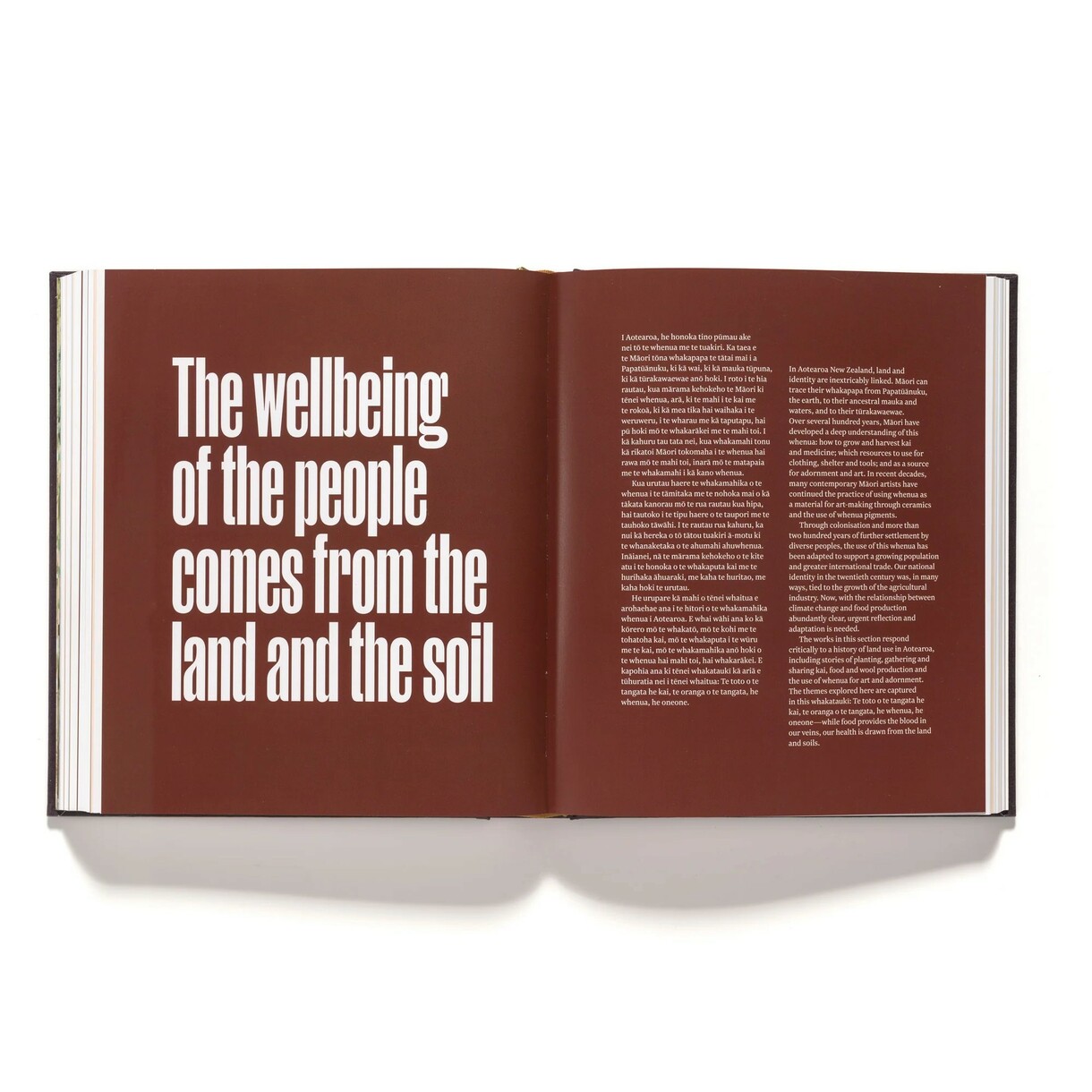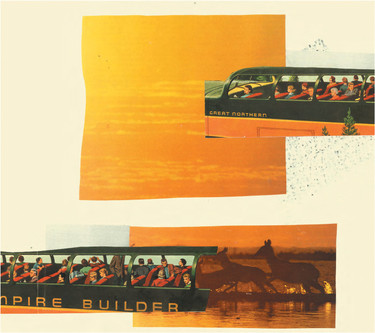
An invitation to participate
Zine-making in New Zealand
You might be well aware of fanzines as a form of analogue self-publishing in and around your own arts community. Or they might be somewhat peripheral to the particularity of your engagement with the arts.
For the uninitiated, the word fanzine is often shortened to zine, and is pronounced 'zeen', as in 'magazine'. This abbreviation doesn't merely signal a growing ubiquity, or an economy of syllables for those (like myself) who say or write the word a lot, it also speaks to the shift away from fandom to a growing eclecticism – bringing the lie to anyone attempting to describe zines as a genre.
Zines are now comics, fictions, facts, lists, taxonomies, collages, homages, instructional narratives, travel diaries, letterpress objets, poems, musings, interviews, illustrations and many many things besides. Some are direct; more are oblique. They are defined almost solely by their small print runs, which enable their indulgent and idiosyncratic nature. However, what today's zines still share with the fandom suggested by their long-form name is obsessiveness, even if this is more likely to be a contrary obsessiveness of process, particularity or voice, than a besotted obsession with a renowned entity (rock god) or field (science fiction).
Jenny Crowther's Exercises in Futility obsesses over the minutiae of her autobiographical everyday, using copier-tone textures, photographs and writing; Beth Ducklingmonster trawls through the ephemera generated by her own garage-rock activities; and James Lainchbury persistently usurps the legacy of Sigmund Freud and his nephew Edward Bernays in his photo-comics.
Science-fiction fans birthed the word 'fanzine' in the 1940s, employing it to describe the amateur science-fiction fan magazines already in existence. These fanzines were often produced on mimeograph machines – an accessible stencil-based technology that was eventually outmoded by the photocopier. Sci-fi fanzines published the letters of their readership, establishing a cycle of free exchange, with the reader becoming contributor.
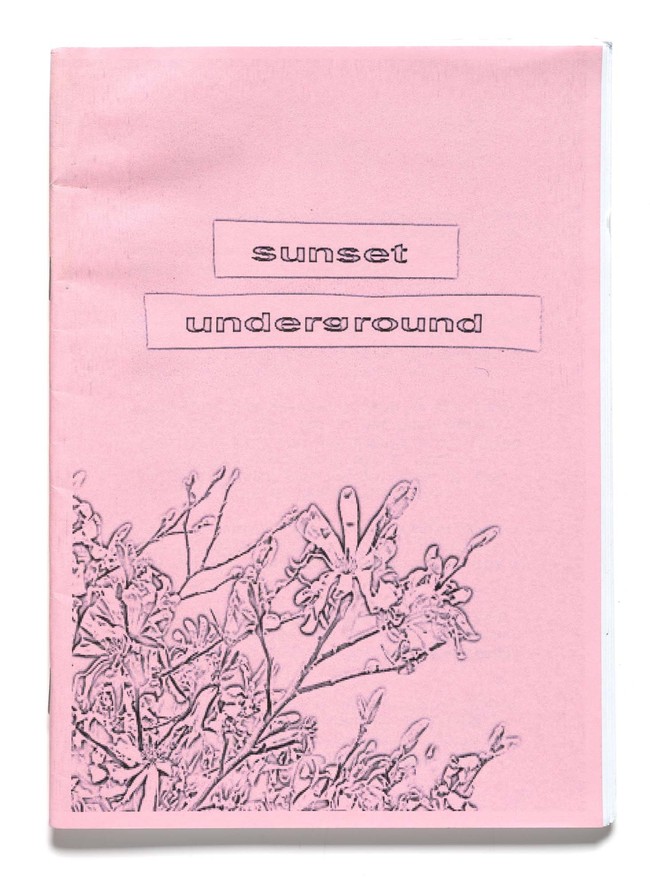
Author not credited, Sunset Underground #1, Plimmerton
More tangible to many 'zinesters' (zine-makers) is the medium's links to punk rock. Seminal zines Punk and Sniffin' Glue defined their respective scenes in New York and London – the twin birthplaces of punk rock. Punk's John Holmstrom hand-lettered articles on the bands of the CBGB scene. Mark Perry bashed Sniffin' Glue out on a typewriter, reserving his cack-handed lettering for titles. Zine-making spread through punk rock's subsequent mutations – US hardcore and the politicised anarcho-punk exemplified by the Essex-based band Crass.
By the mid 1980s New Zealand had its own zines. Richard Langston's Garage covered the Flying Nun stable and its ilk (a real New Zealand translation of the punk urge); a more recognisably anarcho-punk mix of local punk and politics was identified by Simon Cottle's Anarcho-Pacifist, Anti-System and Social Dis-ease.
The US zine scene was revitalised by grunge and Riot Grrrl feminism, while US post-punk and Riot Grrrl informed the catalogues of all three New Zealand zine 'distros' (distributors) opening shop online and offline from 2000: Moira Clunie's Moonrocket, Kerry Ann Lee's Red Letter Zine Distro, and Cherry Bomb Comics, run by Melissa Steiner and Tui Gordon.
Clunie also organised New Zealand's first 'zinefest' (zine festival). small print took place in Auckland in 2003 and 2005, and was attended by the young women who went on to instigate Wellington and Auckland zinefests, former pen-pals Kylie Buck and Tessa Stubbing. The influence of Wellington and Auckland zinefests brings us up to the present day and the array of zine forums currently operating across New Zealand
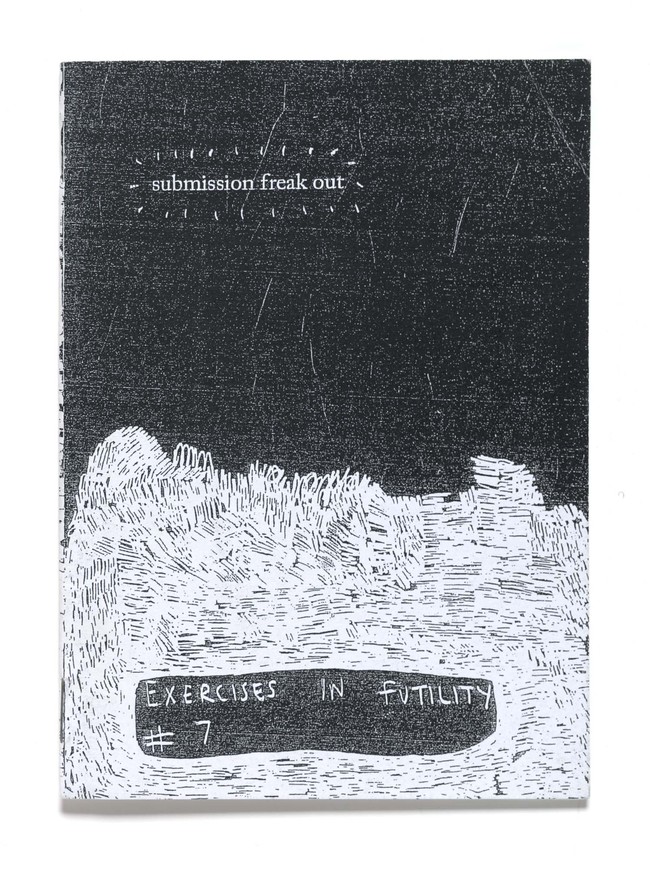
Author not credited, Exercises in Futility #7, Christchurch
As if to assert the analogue manifestation of fanzines, the zinefest has come to replace the distro as the place to find fanzines in New Zealand. There are now annual zinefests in Auckland, Hamilton, Wellington, Christchurch and Dunedin. Orbiting these events is a scattershot of retailers. On-loan zine collections can be found in the municipal public libraries of Auckland and Wellington; the Hocken Library has a reference collection, and Hamilton Library launched theirs in conjunction with the city's second zinefest in May. Zines have become a vehicle for visual, textual and political expression at various high schools and tertiary institutions, both inside and outside of the curriculum. And newzealandzinereview.org posts a weekly zine review.
That zinefests have replaced the distros speaks to the increasing self-consciousness with which one might choose to create an analogue publication in a world gone online. In his seminal book Subculture: The Meaning of Style (1979), Dick Hebdige described the sense of urgency with which 'typing errors and grammatical mistakes, misspellings and jumbled pagination were left uncorrected in the [zines'] final proof'. But the urgency that engendered the 'rough as guts' aesthetic of yer average punk zine is undone in a world of immediate online posting.
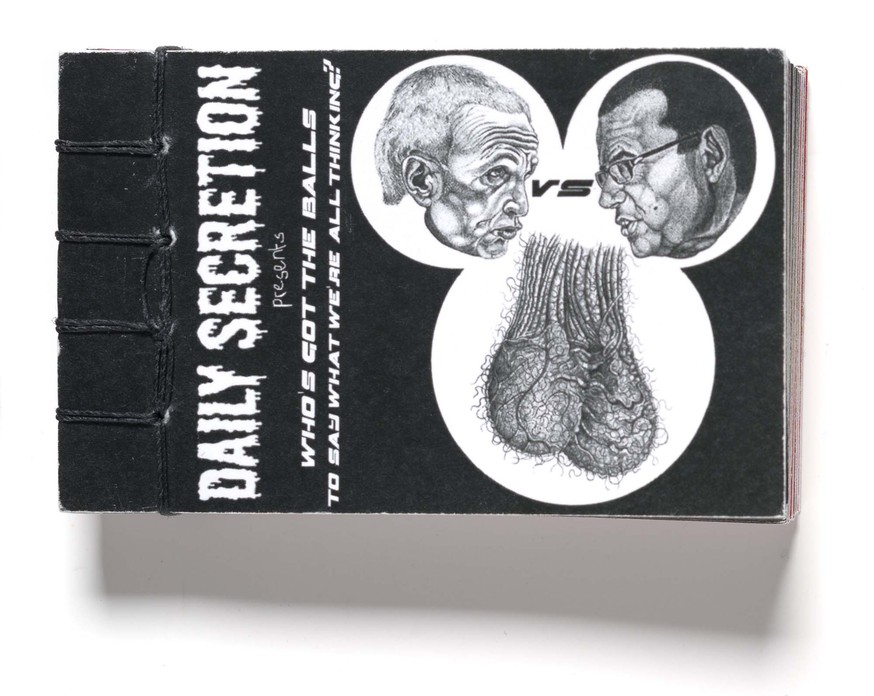
Author not credited, Daily Secretion Presents: Who's Got The Balls (To Say What We're All Thinking)?, Wellington
In a 1996 essay for the JPSC: Journal for the Psychoanalysis of Culture & Society, Fred Wright tries to make sense of zines amidst their post-grunge/Riot Grrrl resurgence. Wright decides these barely-formed objects 'assuage the publisher's body-ego desires or vulnerabilities' through their addition to the mediascape, where they might smile their gappy smiles back at the zinester. But perhaps Wright missed something by pathologising the mass of zine-makers as individuals suffering pre-millennial alienation, without acknowledging their knowing counter-cultural allegiances. Towards the essay's close – almost as an aside – Wright offers that the zinester 'may also publish [...] to antagonise the Symbolic Other'. With this Wright gets closer to the reflexivity with which many zinesters decide to make zines. Projected onto our contemporary online mediascape, one can imagine the attraction of the zine as barely-formed textual object; its misaligned staples and toner dropout ever more antagonistic to the slickness with which identities parade their PR shots or construct their charming Facebook selves for the shiny screen. However, this depiction of the zinester as revelling in the abjection of the form describes only one zone.
In another zone, there are those who might describe their zines as objets. This is a place where very small print runs are individually numbered to announce their exclusivity. Uncommon paper stock will be resized, colour-copied and hand-stitched to craft beautiful artefacts.
As an old punk, I was horrified to realise there were self-identifying zinesters carrying on like this. But an acknowledgement of the online migration of more informational texts has made me realise that all zines are now more or less defined by their thingness.
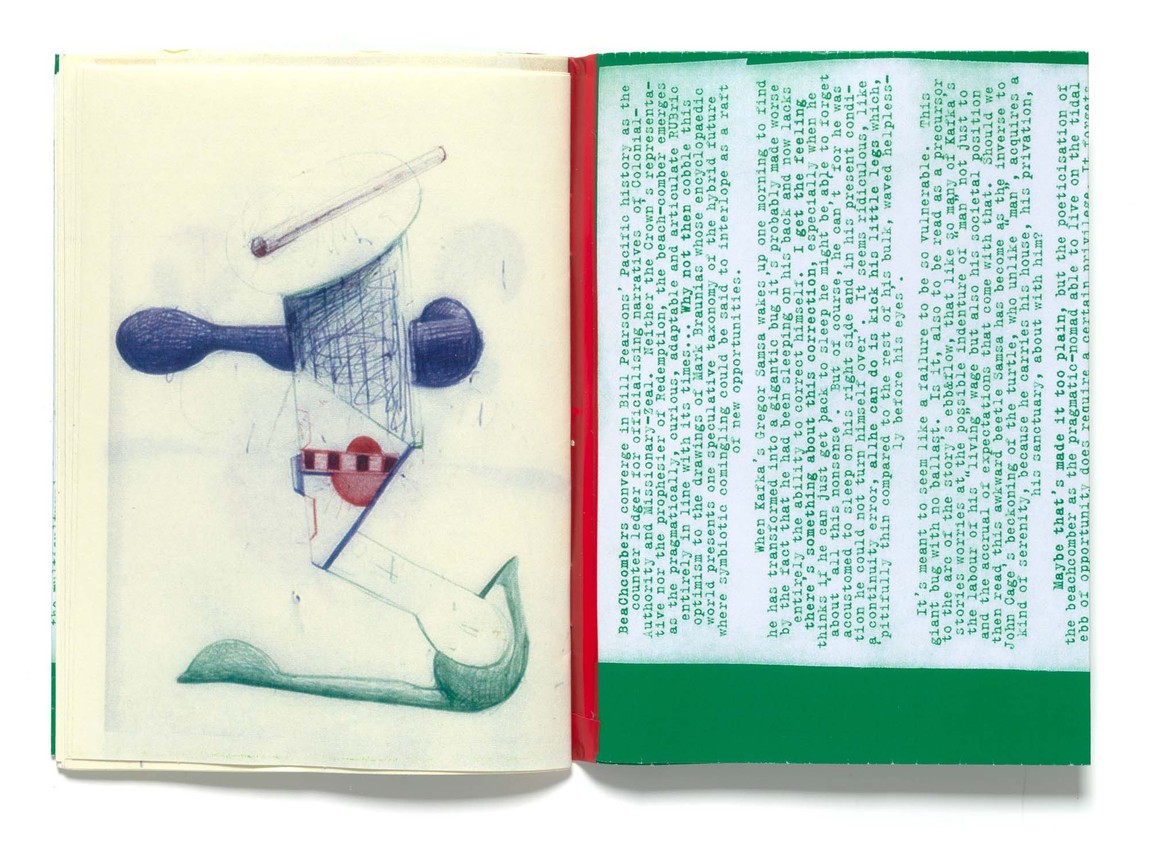
Hawthorne Fuller, with drawings by Mark Braunias, John Dory Report #35, Christchurch / Wellington
Zinefest patrons lovingly turn such papery objects in their hands, appreciating the time invested in their particularity. Ten or twenty dollars will be handed over before the object is delicately placed, with care not to dog-ear any page-corners, in the buyer's satchel. Back in the other camp, a single dollar is exchanged for a four-page black-and-white pamphlet that is folded-up and shoved into the arse pocket of a pair of jeans.
At New Zealand's various zinefests, these seemingly at-odds zinesters make common ground as self-publishers. Whether they think of themselves as artisans, political-animals, aesthetes or punks, self-publishing within such zine forums is still a 'pay no dues' activity, as it was for those punk rock originals. No art dealer, no editor, no publishing house, no proposal panel or patron has decided that you may participate in greeting the public with your cultural product.
Sure, this is a modest version of 'going public', but it is going public nevertheless. Hundreds of bodies squish through the venues for Auckland and Wellington zinefests, where amassed patrons peruse zines directly across trestle tables from their creators.
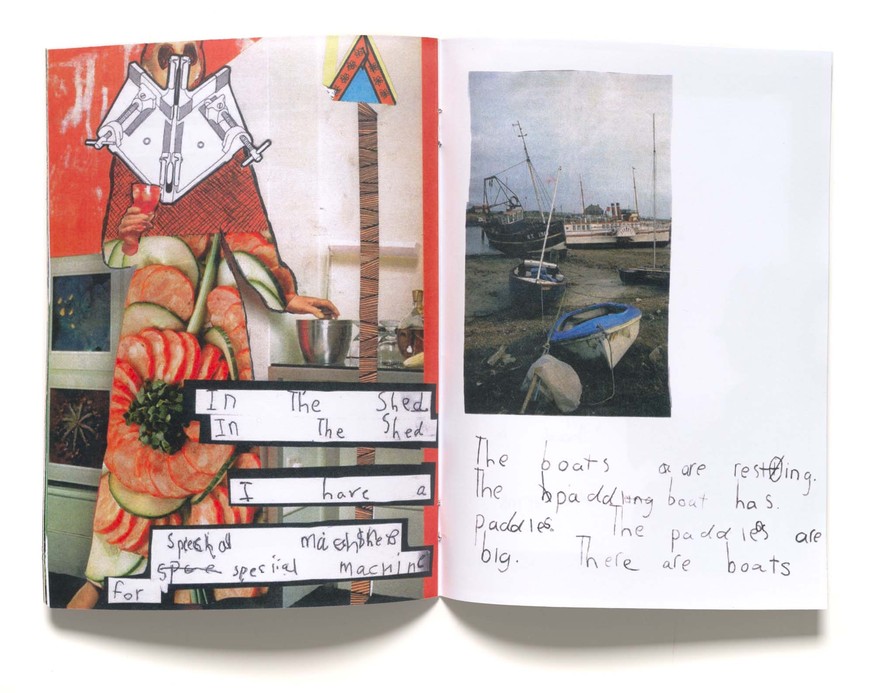
Author not credited, Health, Wealth and Happiness #2, Auckland
Zinefests around the country regularly charge stall-holders as much as five dollars to pitch their wares. These events have also shown an incredible capacity to grow with the demand placed on them by increasing stall-holder applications. All are run by an unpaid committee working with modest local arts funding, or almost as often, with no budget at all (as was the case with the inaugural Christchurch Zinefest in 2011).
Orbiting the central zine market, New Zealand zinefests may also include free talks and workshops, best-of-fest zine awards, a zine library, make-a-page collaborative zine tables, a 24-hour zine challenge, and/or an after party.
Libraries offer a more sedate environment for the perusal of zine titles. Ironically, contrasting genres might be sandwiched together in all their skinniness, displaying less discrete identification than offered at a zinefest, where a gander down an aisle might take one past a stall of feminist narratives, a stall where the zines function like contemporary art objects, then to a stall selling X-rated comics and on past some letter-pressed volumes of poetry (I'd like to declare otherwise, but the sellers of these wares might also impart beclothed clues as to their genre of choice).
Outlets selling fanzines do of course wear their particularity of interest up front. Auckland's Audio Foundation Hub would probably prefer titles that intersect with their mission to support fringe New Zealand music, but their awareness of the historical significance of zines to the likes of punk and Riot Grrrl means they support the form in a more holistic manner. A comics shop like Wellington's Graphic would prefer comics, but again, they'd probably indulge zines in acknowledgement of recent conflation of local indie comics and zine networks. And despite the anarchist leanings of Black Star Books Ōtepoti, they are probably prepared to acknowledge the egalitarianism of zines per se, and open their shelves to all-comers. Then there's the occasional free-of-charge title that can be found nestled amongst the cafe flyers.

Author not credited, Exercises in Futility #5,Christchurch
As an art school lecturer at Massey's Wellington campus, I was ambivalent about the opportunity to offer zine-making electives within the undergraduate programme. Should this all-comers medium meet the qualifying gaze of academic scrutiny? In the end, one of the factors that persuaded me to do so was the opportunity to insist that students truly 'go public'. I'd had students present me with pseudo-zines of which there were two copies in existence (one for the student, and one for me). Running a zine-making elective enabled me to insist upon greater multiples and considered distribution strategies.
Zines were strung from trees, left in alleyways, handed out at heavy metal gigs, and posted to high-school teachers. Of course, others found fleeting repose amongst those same cafe flyers. It's arguable whether a zine made in part completion of a degree possesses the self-motivation that defines the medium, but when these same students turn up at zinefest to present their wares between the greasy conspiracy guy and the perky craft girl, the transition from 'school work' to zine has been made.
The modesty of the form's status, objecthood and price can allow participants to test ideas in public. This can render a more acute awareness of a title's achievements and failings. When an artist tests the problems of an artwork within the confines of their studio, the public resonance of the work often remains unknown until it is unveiled as finished and finite within the venerating machine that is the white cube/gallery. That sounds like a pretty scary existence for an artist. The modesty of zines suggests they are forever processual. The seminal 1998 book Zine Scene (by Francesca Lia Block and Hillary Carlip) promoted the idea that making zines was a case of doing it, publishing it, regretting it and moving on. Of course, this invitation to the processual playground of zinemaking, can, conversely, be used as an excuse to publish any old crap. The audience definitely have to keep their critical faculties engaged while looking for the best of zines, including those needed to find 'rough-diamonds' that aren't merely rough. But don't we filter the exhibitions and books we give our time to in just the same way?
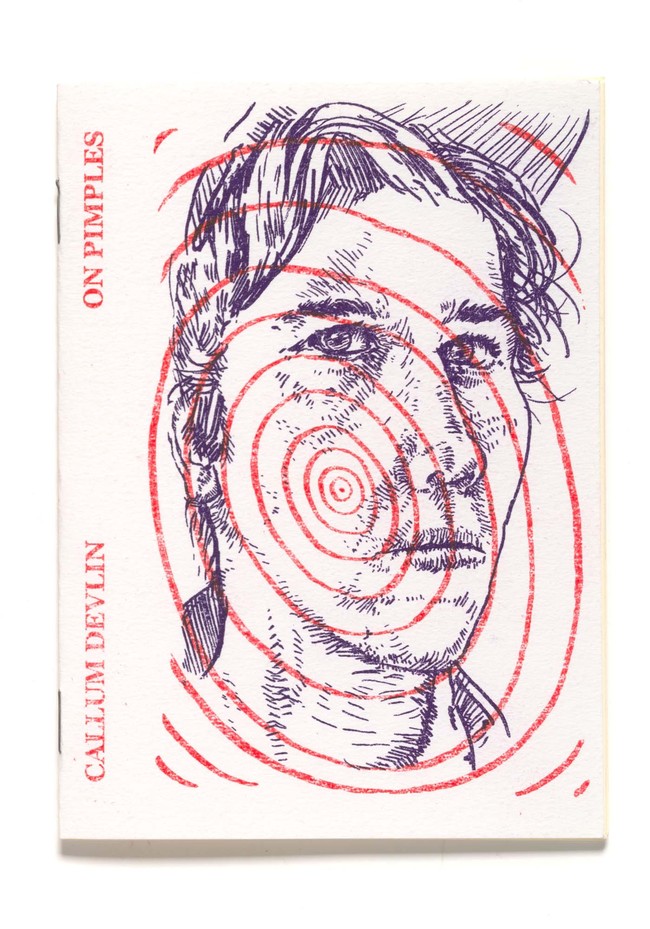
Callum Devlin, On Pimples, Wellington
Sometimes zinesters use this processual playground to develop skills that they then apply to professional platforms, as artists, designers, magazine publishers or other. The cut 'n' paste tilt of punk collage has informed the public or gallery art of zinester Kerry Ann Lee. New Zealand/Taiwan magazine White Fungus started life as a photocopied text of protest, hurled anonymously through the doors of local businesses during the period of protest against Wellington's inner-city bypass. And zine/comics stalwart Brent Willis has recently been picked up for publication by Pikitia Press. It's significant that these artists, rather than distancing themselves from their early warts 'n' all publications, cherish ongoing links to the scene that first nourished them.
Sometimes the traffic even moves the other way. Having already achieved access to the loftier mechanisms of the gallery, celebrated artists like Andrew McLeod and John Lake started producing zines. The scene allows McLeod the opportunity to share more of his prolific drawing work alongside clues to their supporting narratives. For Lake, the medium's resonance with punk rock provided the perfect vehicle for discoveries about the Beijing punk scene made during his Asia New Zealand Foundation residency, resulting in the zine Up The Punks #1: China Syndrome. The modesty of zines acts as a wonderful invitation to participate, whether you're an untrained artist frustrated by your IT job, a recent art/design graduate or an established artist looking to breathe amongst the zine scene's processual playground.
I may personally feel like championing the scene's next inclination, or I may feel like criticising it. Either way, this zinester will remain an engaged participant within, and a curious observer without. Future inclinations seem destined to happen within a growing eclecticism that will surely foster the creation of some diverse and unmissable titles. Get ye to zinefest.
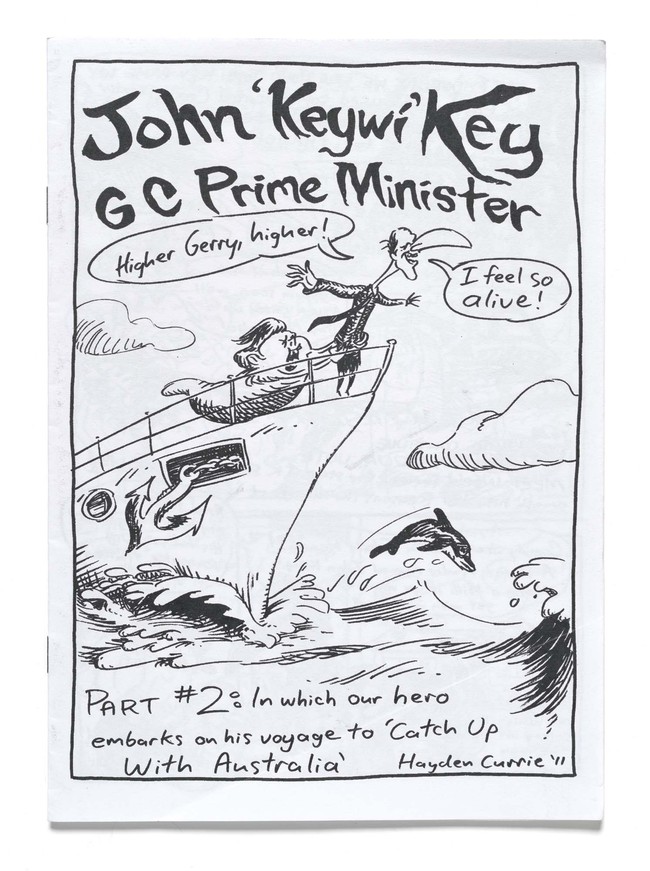
Hayden Currie, John 'Keywi' Key – G C Prime Minister #2, Wellington









